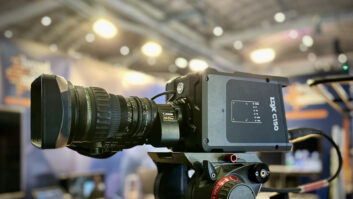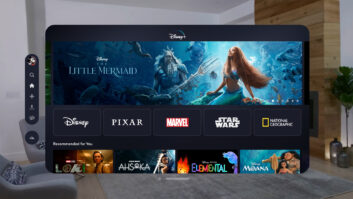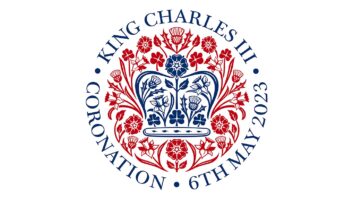
British company goHDR is bringing High Dynamic Range television a step closer by linking with an Italian HDR display manufacturer, writes Adrian Pennington. Following NAB, goHDR will move from an R&D phase into commercial exploitation. The company, a spin-off from Warwick University’s technology arm Warwick Ventures, is developing compression technology that will enable the huge data streams produced by HDR video cameras to be displayed on a TV screen.
A prototype pipeline was demonstrated at IBC2011, but the goHDR Media Player is now showing played directly on to a commercial HDR display.
“At IBC we showed a proof of concept – that it was possible to play HDR video directly on an HDR display – the first time that the full HDR pipeline from capture to display has ever been demonstrated,” explained Alan Chalmers, professor of Visualisation at WMG, University of Warwick and innovation director at goHDR.
The HDR display at IBC was a BrightSide DR37-P prototype. BrightSide invented the HDR displays but never sold them commercially (Chalmers was on their Technical Advisory Board). BrightSide was acquired by Dolby in February 2007 – and Dolby subsequently licenced the HDR technology to Sim2. “No one could buy a DR37-P, but you can go out and buy a Sim2 HDR47E right now,” he said. “So, finally the public has the possibility of watching HDR video in all its glory on an HDR display – a step change in viewing experience from traditional Low Dynamic Range (LDR) footage on a typical LDR display. I am convinced in three to five years the vast majority of us will own HDR televisions.” At NAB goHDR is also showing the latest research results, including 3D-HDR. “Tone-mapped 3D-HDR video is very compelling compared to traditional 3D video,” said Chalmers. “HDR complements 3D (and indeed superHD) by ensuring there are no over- or under exposed pixels.” After NAB goHDR will be moving from researching and developing novel HDR software to enable HDR video on existing ICT infrastructure – to a full commercial exploitation of its products. In addition to getting the Media Player to work directly on the Sim2 HDR47E, goHDR has also released a free Beta version of its Media Player and its Encoder, as well as a range of sample HDR video footage (compressed into the company’s .hdrv format). “We have added functionality to these products over the last few weeks with a view to releasing full commercial versions in the not too distant future,” said Chalmers. “We’ve been working with Altera to further refine the Media Player on Altera’s FPGA boards – with a view to deploying the Media Player in a set top box. GoHDR has created a short HDR film 16 f-stops are NOT enough, the LDR version of which can be viewed here. The HDR imaging system includes a camera manufactured by Germany’s Spheron VR (SpheronVR) that captures 20 stops at 30fps. By comparison a Red Epic offers up to 18 stops in its HDRx mode. “We used the Spheron HDRv to capture scenes with a large range of lighting to clearly show the difference in capturing the scene with 20 f-stops compared with only 16,” explained Chalmers. “When tone mapped – to be shown on an LDR display – if the information is missing (as when captured with only 16 f-stops) it cannot be recreated. As the film shows – what information is lost depends of course on whether the upper or lower 16 f-stops are captured.” “We will be filming a number of other scenarios in the coming weeks to build a growing body of evidence that HDR video can capture more dynamic range than traditional celluloid (approximately 16 f-stops). HDR video will be able to offer a lot more to filmakers of the future. Pictured are two frames from the video sequence showing at NAB – one is the LDR version as can be captured and displayed with present technology – and the other is the tone-mapped HDR version of the future. GoHDR is also a participant in the European COST Action IC1005 (which Chalmers chairs). This includes the leading HDR researchers from 22 countries and is looking at developing a new, efficient international standard for HDR video – to facilitate the rapid uptake of HDR video in the next few years. Chalmers: “HDR video is the next big step in TV imaging – similar to the change from black and white to colour TV. For the first time, viewers will be able to see scenes on TV just as they would in real life, without losing detail in the glare of bright sunlight or in deep shadow.”
“The data stream produced by HDR cameras is huge – equivalent to a CD worth of data per second. To address this issue, goHDR has produced two products: an Encoder which compresses the data to allow it to be transferred to a display, and a Media Player, which reverses the process and allows the pictures to be viewed with all the glorious lighting detail preserved,” he added.
More on goHDR’s IBC presence here
www.goHDR.com







